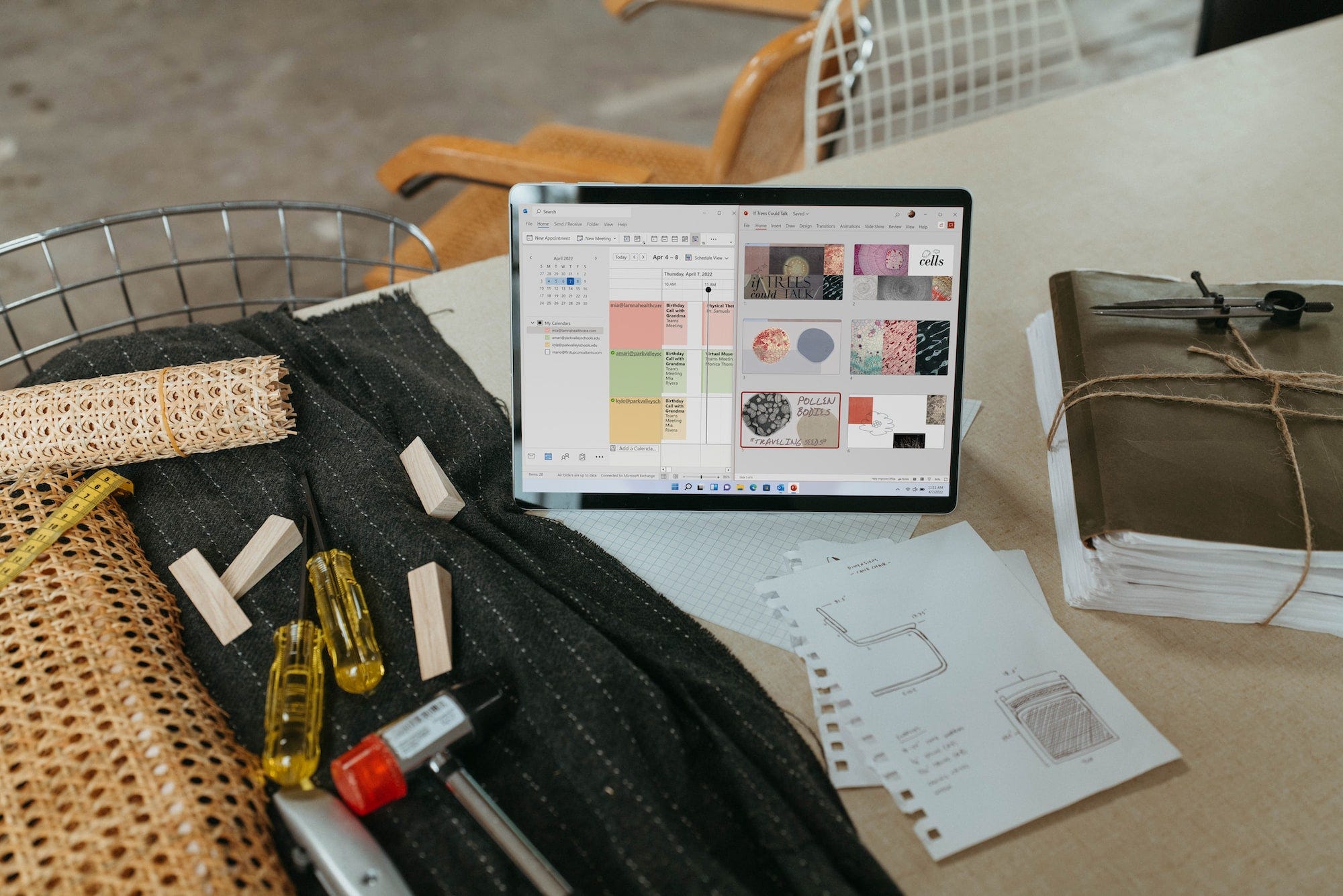Before you start designing, read this first

Something I've learned as I advance in my career is never to reply to a question without doing some research.
Most questions I am asked are about products and designs, and from what I know, unless you understand the problem, you can't start giving solutions. So I pause for like two seconds, break down the problem in my mind, and then reply.
So I've been asked a lot of questions about design and products since I teach design and mentor individuals coming into the design-tech space.
When given a design or asked to design a product, designers are quick to jump into coming up with templates and jumping through the research and collaboration processes. Most times, they assume they are the users, but then they are not the user and can't afford to be attached to a product. And as designers , it is more than just coming up with designs, its about understanding the user and the business you are creating the design for, and you should have this in mind before you jumpstart designing;
- How does the design give value to the business?
- What problem is it actually solving aside from the design?
- What is the core problem that the app is solving for the user?
- Is the design I’m creating making it easier for users to solve their problems?

As a designer, I would tell you to aim for clarity. I know it's easy to get carried away with adding aesthetics here and there and trying to meet up with the current design thread, but threads come and go, and creating a clear UI and simple user flow helps you strike a balance between "looking great" and "doing precisely what it should."
A great app necessitates the dedication of an entire team to a user-centered goal. It is best to avoid communication barriers between developers, designers, and product managers. I cannot overstate how critical it is for a designer to rely on the team for feedback on the feasibility of implementing a design. Don't be afraid to solicit feedback; it will assist you in improving. I understand that designers prefer to work alone, but what you think will work in the real world may not, so always collaborate or work in a small group with other designers.
Entrepreneurs and business owners looking to pivot into the digital space cannot afford to ignore data in favor of their users' preferences in a world where the user is king. As a result, as a true user advocate, the role of the UI/UX designer will continue to evolve and play an important role in the delivery of successful products to market.
Overall, the value of designer's is found in its ability to help businesses solve real-world problems for real people through the use of digital products. Like software testing, UI/UX design focuses on creating high-quality user experiences at each stage of the quality-driven development cycle.





